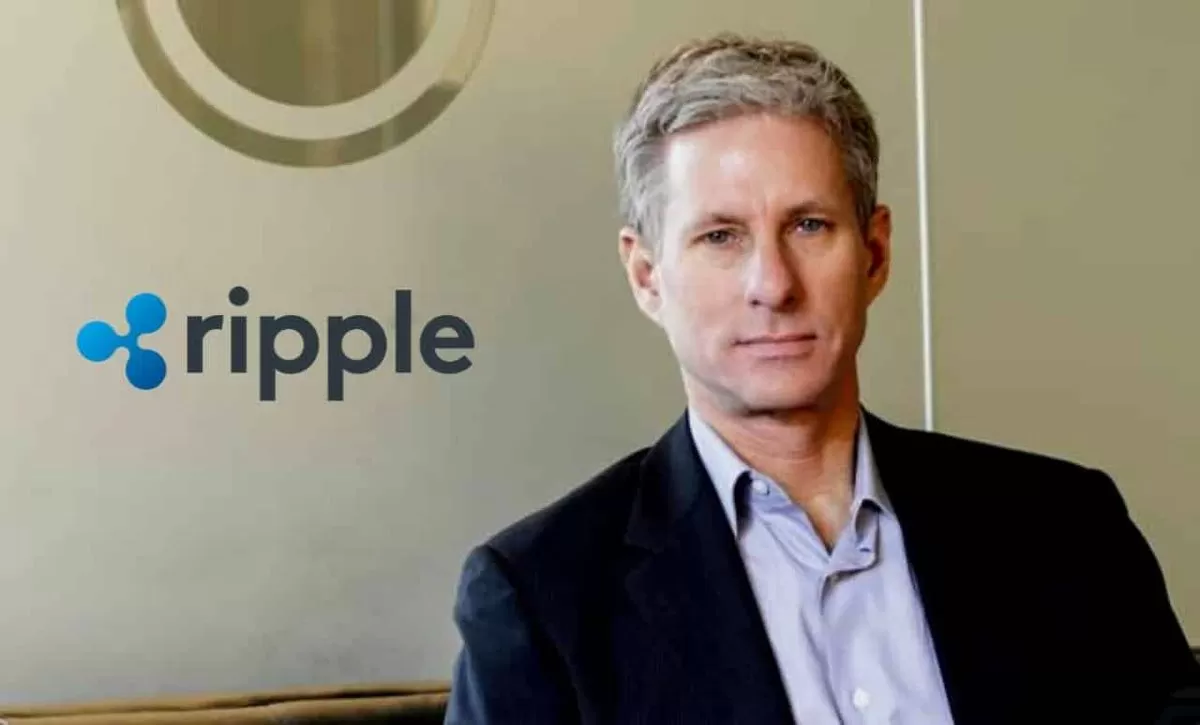- Chris Larsen explains XRP’s advantages over SWIFT in global payments.
- XRP’s blockchain technology eliminates intermediaries, reducing cost and transaction delays.
- Ripple focuses on regulatory compliance, positioning XRP for broader adoption.
Ripple co-founder Chris Larsen provided insight into the ongoing debate surrounding the role of XRP in global payments, particularly in relation to SWIFT, the traditional cross-border payment system.
According to a post shared by ALL in Crypto (@RealAllinCrypto) on X, Larsen highlighted the limitations of the SWIFT network and explained why XRP offers a more efficient solution for international transactions.
Larsen pointed out that SWIFT primarily deals with data but relies on correspondent banks to handle the actual transfer of value. This arrangement introduces significant delays and inefficiencies, as the correspondent banking system is often slow, costly, and prone to errors.
While SWIFT has long been a dominant player in the global payments space, it struggles to match the speed and efficiency offered by blockchain-based solutions like XRP.
Also Read: Brad Garlinghouse Video Resurfaces: ‘Ripple (XRP) Is In Fact Taking Over SWIFT’
XRP’s Blockchain Advantage Over SWIFT
One of the key differences between SWIFT and XRP is the role of intermediaries. SWIFT transactions require multiple intermediaries, such as correspondent banks, to settle payments. This creates additional risks, costs, and delays, making the process more cumbersome.
XRP, on the other hand, eliminates these intermediaries through its blockchain technology, enabling faster and cheaper transactions across borders.
With XRP, financial institutions can send payments directly, without relying on a third party for settlement. This capability is especially important in the context of cross-border payments, where speed and cost efficiency are critical.
XRP’s use of the Interledger Protocol (ILP) further enhances its ability to facilitate seamless transactions between different financial systems, making it a strong contender to replace traditional systems like SWIFT.
XRP’s Potential for Integration into a Regulated Financial System
Larsen also addressed the growing need for regulatory compliance in the cryptocurrency space. While many digital assets face scrutiny from governments, Ripple has worked to ensure that XRP adheres to financial regulations, positioning it as a compliant alternative to other cryptocurrencies.
As regulators around the world introduce clearer guidelines for digital assets, XRP’s focus on transparency and cooperation with authorities could make it an attractive option for financial institutions looking to integrate blockchain technology into their existing systems.
In contrast to SWIFT, which still operates on outdated infrastructure, XRP’s ability to function within a regulated and efficient financial ecosystem positions it as a key player in the future of global payments.
The blockchain-based solution offers greater security, faster transaction times, and lower costs, which are becoming increasingly important as the financial industry moves toward digitization and modernization.
Also Read: Popular Crypto Whale Gives Candid Advice to XRP Holders

